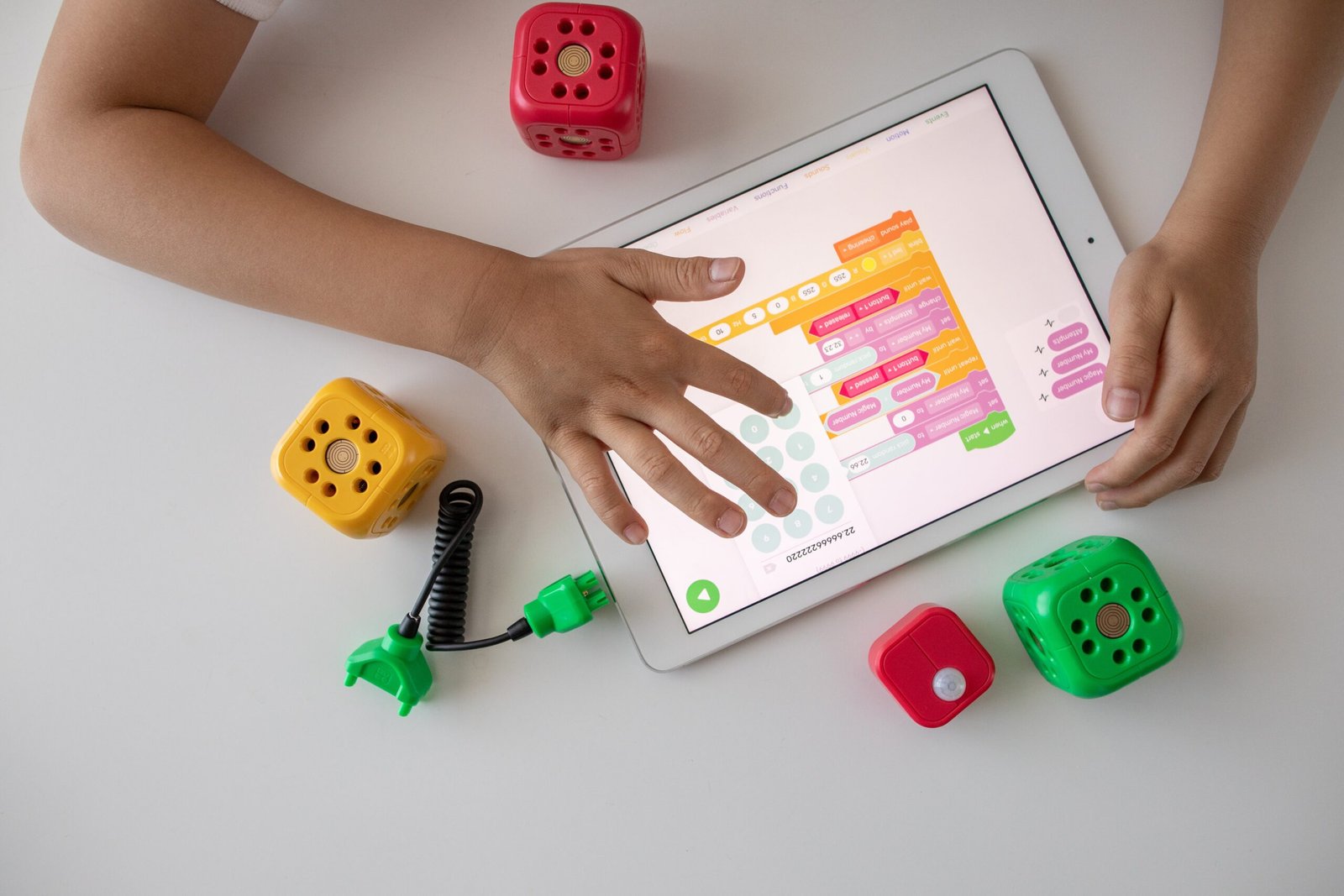Adapting to Change: The Evolution of Education Technology
January 13, 2024 | by fakta-unik.com

From the way we communicate to the way we work, technology has revolutionized various aspects of society. One area where technology has made a significant impact is education. Over the years, education technology has evolved and adapted to meet the changing needs of students and educators alike.
The Early Days of Education Technology
The early days of education technology were marked by the introduction of computers into classrooms. In the 1980s, schools started to incorporate computer labs, allowing students to learn basic computer skills and explore educational software. This marked the beginning of a new era in education, where technology played a role in enhancing the learning experience.
The introduction of the internet in the 1990s opened up a world of possibilities for both students and educators. It provided access to a wealth of information and resources, allowing students to conduct research and learn about various subjects in a more interactive and engaging way.
The Rise of Online Learning
In recent years, online learning has gained popularity and has become an essential part of education technology. Online learning platforms offer a wide range of courses and programs that can be accessed from anywhere at any time. This flexibility has made education more accessible to people of all ages and backgrounds.
Online learning platforms also provide interactive features such as discussion forums, virtual classrooms, and multimedia content, making the learning experience more engaging and immersive. Students can collaborate with their peers, participate in group projects, and receive personalized feedback from instructors.
The Role of Artificial Intelligence
Artificial Intelligence (AI) is another area of education technology that is rapidly evolving. AI has the potential to transform education by providing personalized learning experiences tailored to each student’s needs and abilities. AI-powered tools can analyze data and provide insights to educators, helping them identify areas where students may be struggling and offering recommendations for improvement.
The Future of Education Technology
As technology continues to advance, the future of education technology looks promising. Virtual reality (VR) and augmented reality (AR) are already being used in some classrooms to create immersive learning experiences. These technologies allow students to explore virtual environments and interact with digital objects, bringing learning to life in a whole new way.
Another area of potential growth is the use of data analytics in education. By analyzing data on student performance, engagement, and behavior, educators can gain valuable insights into how to improve teaching methods and enhance the learning experience. Data analytics can also help identify at-risk students and provide targeted interventions to support their academic success.
Conclusion
Education technology has come a long way since its early days. From the introduction of computers in classrooms to the rise of online learning and the potential of AI and VR, technology has transformed the way we learn and teach. As technology continues to evolve, it is crucial for educators to embrace these advancements and adapt to the changing needs of students. By leveraging the power of education technology, we can create a more engaging, personalized, and effective learning experience for all.
RELATED POSTS
View all

